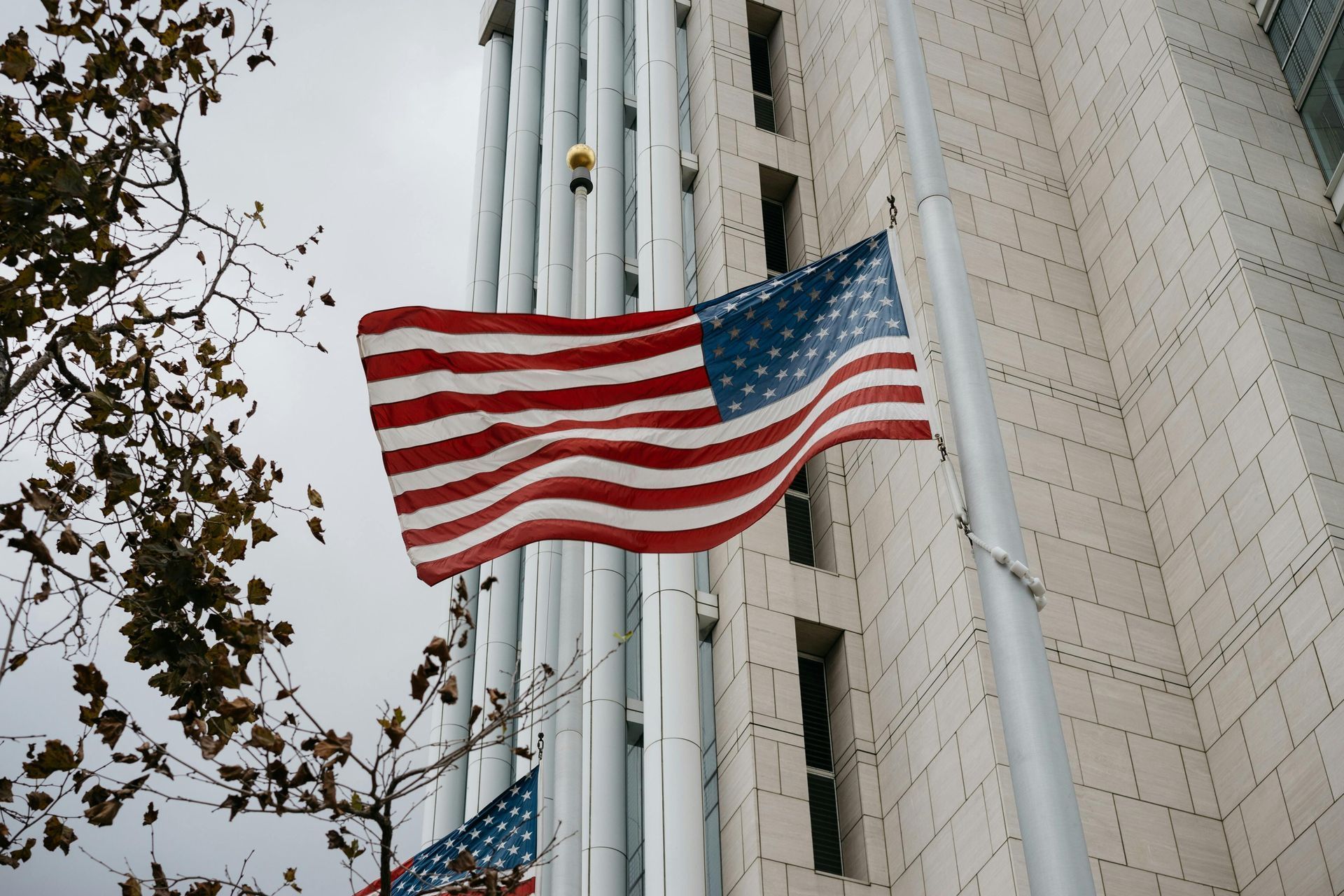objectwire.org
China Bans Export Of Critical Minerals To Us As Trade Tensions Escalate | What Is Gallium And Germanium Used For

As global trade tensions continue to mount, China's recent decision to ban the export of certain critical minerals to the United States marks a significant development in the ongoing economic rivalry between the two nations.
Gallium, Germanium, Graphite all banned by China in response to SemiConductor Chip Sanctions;
Gallium, Germanium, Antimony, and other materials critical for advanced technology and military applications:
- Gallium is essential for semiconductors, high-performance computer chips, LEDs, solar panels, and laser diodes, with further uses in military radar systems and 5G networks.
- Germanium is vital for infrared optics, fiber optics, solar panel production, and night-vision systems, playing a significant role in both renewable energy and defense technologies.
- Antimony, another restricted mineral, is widely used in flame retardants, batteries, and as an alloy in lead-based products. It is critical for manufacturing night-vision goggles, nuclear weapon components, and ammunition, as well as being applied in microelectronics and semiconductors.
- Graphite, crucial for lithium-ion batteries used in electric vehicles, and super-hard materials like synthetic diamonds, which are employed in cutting tools, protective coatings, and advanced brake systems.
The move underscores the broader context of increasing trade disputes between the United States and China, reflecting a deeper geopolitical struggle over technological dominance and economic influence.
Understanding China's export Ban on Critical Minerals: Gallium, Germanium, Graphite
This export ban not only targets critical mineral markets but also underscores the broader context of increasing trade disputes between the United States and China, reflecting a deeper geopolitical struggle over technological dominance and economic influence.
Gallium's application extends to the medical field as well, playing a role in the development of pharmaceuticals and diagnostic procedures.
Germanium, on the other hand, is prized for its semi-conductive properties, making it vital for the production of transistors and diodes. Its use in fiber optics is crucial, allowing for the transmission of data over long distances with minimal loss, a backbone of modern telecommunication systems. Additionally, germanium's infrared transparency makes it valuable in military applications, particularly for night-vision devices and thermal imaging systems.
The US technology sector, which heavily relies on these components, is likely to feel immediate pressure to find alternative sources or develop new materials that can adequately replace gallium and germanium. This situation might lead to increased production costs and potential delays in product development, possibly stymieing innovation and affecting competitiveness in global markets. Additionally, the defense and aerospace industries, which rely on advanced electronics and communication systems, might experience disruptions affecting national security frameworks and advanced weaponry developments.
Historical Context Of Us-China Trade Tensions
The trade tensions between the United States and China have deep-rooted historical contexts that trace back to the late 20th century, intensifying in recent decades as the global dominance of both countries has evolved. Initially, after China joined the World Trade Organization in 2001, trade relations between the two nations significantly improved, allowing China access to global markets and facilitating investments.
In more recent years, these tensions have peaked dramatically, especially under the Trump administration, which launched a series of tariffs on Chinese goods, amounting to billions of dollars. This move escalated into a full-blown trade war, with China responding with its own set of tariffs on American products. The dynamic drastically affected global supply chains and economic stability. Entrenched within these disputes are strategic, geopolitical considerations where both powers are striving for technological and military supremacy.
Against this backdrop, the current issues over the export of critical minerals like gallium and germanium underscore the persistent tensions and amplify the strategic maneuvering evident in the complex and contentious trade relationship that the two countries continue to navigate.
JUST IN: 🇨🇳 🇺🇸 China bans exports of key high-tech materials with potential military applications to the United States, such as gallium, germanium, antimony, and others— AP pic.twitter.com/4bfC4dW4Zh
— ADAM (@AdameMedia) December 3, 2024



"How a Country's Debt Crisis Can Affect Economies Around the World." investopedia.com, 06. Sept. 2023, https://www.investopedia.com/ask/answers/051215/how-can-countrys-debt-crisis-affect-economies-around-world.asp. Accessed 18. Nov 2024.
"TRENDS Research & Advisory - The Global Debt Crisis: Challenges of Reality and Alternatives for the Future." trendsresearch.org, 18. Nov. 2024, https://trendsresearch.org/insight/the-global-debt-crisis-challenges-of-reality-and-alternatives-for-the-future/?srsltid=AfmBOoqWgrY_4Xi-EREvl3WEhymxWKQezdpW0xQGnMyYaFpBKs0wz_CT. Accessed 18. Nov 2024.
"The global debt overhang." bruegel.org, 26. Oct. 2015, https://www.bruegel.org/blog-post/global-debt-overhang. Accessed 18. Nov 2024.
